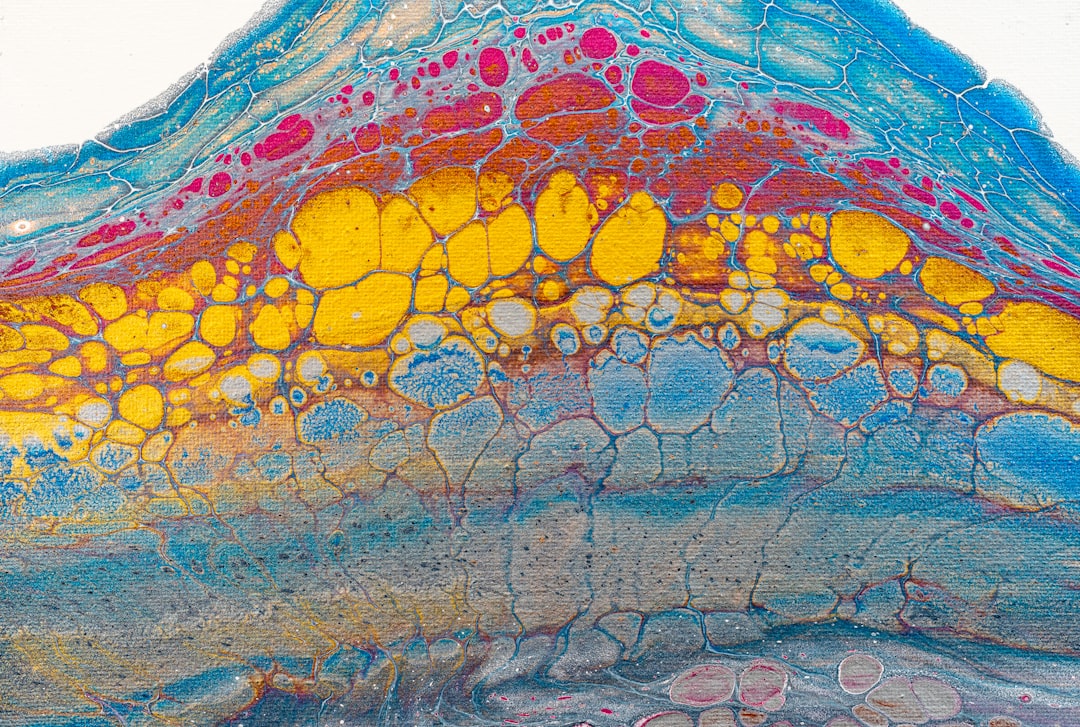What is it about?
Patients with polycystic ovary syndrome (PCOS) commonly experience sexual dysfunction such as low sexual desire, arousal, and orgasms. Using a preclinical mouse model, our work unveiled a novel pathway in the female brain, which may lead to these impairments in association with the classical symptoms of the syndrome. Specifically, this brain pathway is commanded by nitric oxide (NO)-producing neurons, which are important for the display of normal sexual behavior and offer new therapeutic targets for sexual dysfunction.
Featured Image

Photo by Oleg Ivanov on Unsplash
Why is it important?
PCOS is a highly prevalent disease leading to female infertility worldwide. Metanalysis revealed that around 30% of PCOS patients also have abnormally low sexual behavior. The discovery of brain pathways and molecular mechanisms by which these defects may occur offer a great opportunity for the development of new therapies for PCOS patients and others affected with sexual dysfunction.
Perspectives
There is a clear lack of research and clinical approaches for the treatment of low women's sexual drive, including PCOS patients. Thus, we believe that these novel insights will shed some light on the basis of female sexual dysfunction in PCOS and other disorders, offering opportunities for new therapeutic targets.
Mauro Silva
Read the Original
This page is a summary of: Female sexual behavior is disrupted in a preclinical mouse model of PCOS via an attenuated hypothalamic nitric oxide pathway, Proceedings of the National Academy of Sciences, July 2022, Proceedings of the National Academy of Sciences,
DOI: 10.1073/pnas.2203503119.
You can read the full text:
Contributors
The following have contributed to this page










